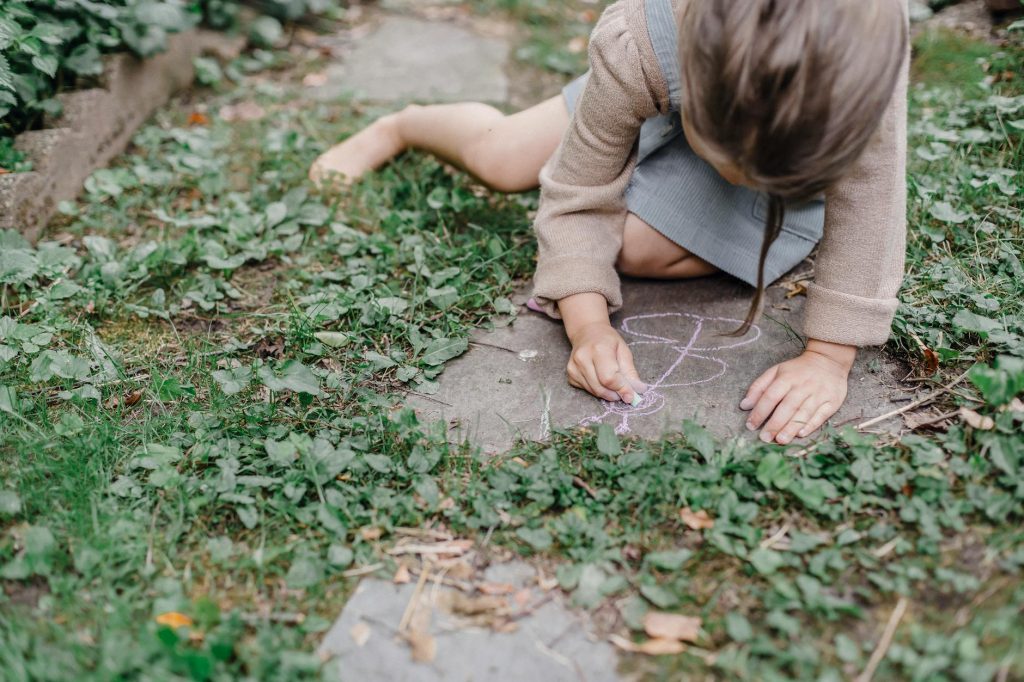Creativity doesn’t just happen. Sticking with inspiration can be tough, even for the legends we look up to. So how do famous creatives stay inspired? They’ve mastered unique ways to find and keep inspiration. It fuels their art.

We can all learn from it. These creatives have lessons to teach. It’s about daily walks, art, and avoiding burnout. This post will explore these strategies. We’ll give practical tips to spark and sustain your own inspiration. Ready to get inspired? Let’s get started.
Daily Routines of Iconic Creatives
For creativity, routines can be the secret sauce. They help famous creatives stay inspired and productive. Many acclaimed writers and artists swear by their daily habits. An organized routine helps them focus their creativity. They create extraordinary art. Let’s take a closer look at some of these structured routines that have become legendary.
Maya Angelou’s Writing Rituals

Maya Angelou was known for her unique approach to writing. She often rented a hotel room where she could immerse herself completely in her work. This practice of dedicating a writing space wasn’t about luxury. It was about focus and intention.
Angelou believed that it helped her block life’s chaos. It let her dive deep into her thoughts. By isolating herself, she could nurture her creativity without distractions. Learn more about her dedicated space in this article that delves into her writing habits.
Stephen King’s Consistent Schedule
Many see writing as spontaneous. Stephen King treats it as a job that demands commitment. He follows a strict schedule, writing every day without fail. King typically begins his writing session in the morning. He aims to write about 1,000 words each day, equating this to four solid hours of creativity.
King’s routine isn’t about strict rules. It’s to create a predictable space where his imagination can thrive. A daily schedule keeps his inspiration reliable, not sporadic. Check out King’s insights into maintaining a routine in this insightful piece.
One can learn from the habits of iconic creatives. Inspiration often follows structure. Their routines show that dedication and consistency are key to creativity. What’s your daily routine? Does it help you stay inspired, or do you need a bit of creative reorganization?
The Role of Nature and Environment
Nature has always been a powerful force in inspiring creativity. The natural environment’s sights, sounds, and smells can inspire an artist. They can spark new ideas and perspectives.
Beethoven’s Connection to Nature

Imagine walking through the forest, listening to the rustling leaves and birds chirping. Beethoven often found solace in these sounds. His regular walks in the lush Vienna woods were not just for exercise. They were vital to his creative process. They shaped some of his most famous works, like the Pastoral Symphony. It’s a symphony that vividly paints the serenity and power of the countryside. For Beethoven, nature was not just a backdrop but a source of insight and a spark for his symphonic fires. Learn more about his love for nature here.
Georgia O’Keeffe’s Artistic Retreats
Georgia O’Keeffe found peace in New Mexico’s sunlit landscapes. Her bold, colorful paintings used the vast skies, deserts, and rugged mountains as a canvas. This shift did more than just change her address; it transformed her art. She famously said the landscape gave her what she sought but couldn’t find elsewhere. New Mexico’s natural beauty was her muse. It led to a body of work that captured the essence of the Southwest. Explore more about O’Keeffe’s time in New Mexico here.
Artists like Beethoven and O’Keeffe show the power of nature. It can greatly inspire creativity. Nature’s inspiration, through music and painting, is a timeless muse for artists.
Collaboration and Community
When you think of the most brilliant minds in art and music, it’s clear that they didn’t work alone. Collaboration has been a driving force behind many creative successes. Collaboration often sparks new ideas.
The Bloomsbury Group

Imagine a cozy London room. It’s alive with chatter about art, literature, and philosophy. That’s exactly what the Bloomsbury Group embodied. This group of writers, artists, and thinkers thrived on each other’s ideas. They weren’t just colleagues; they were friends. They often challenged each other’s ideas. This sparked new views and creative growth.
- Shared Learning: Each member had unique experiences. They collaborated to influence art, literature, and social norms.
- Support System: They provided a nurturing environment. It let each push boundaries and explore their craft.
The Impact of Jamming Sessions in Music
In the world of music, collaboration takes on a rhythm all its own. Think about The Beatles. They were more than catchy tunes. They were a genius collaboration. Their jam sessions were legendary, serving as both creative playgrounds and problem-solving workshops. These sessions were where mistakes became melodies. Individual ideas fused into harmonious masterpieces.
- Free-Flowing Creativity: These sessions let musicians explore new sounds without fear of judgment. This led to unexpected creativity.
- Innovation: Jam sessions often sparked new ideas that led to innovative songs. They pushed the boundaries of their music.
Explore how jamming sessions foster collaboration and create timeless music.
The key takeaway is simple: never underestimate collaboration. It can make the ordinary, extraordinary.
Embracing Failure and Criticism
The path to creative brilliance is often paved with rejection and failure. The greatest minds in history often faced obstacles. These threatened to derail their dreams. They did not fold under the weight of failure. They saw these challenges as stepping stones on their unique journeys. Explore how rejection letters sparked the creativity of Vincent van Gogh and J.K. Rowling.
Vincent van Gogh’s Rejection Letters
Vincent van Gogh, a famed painter, faced rejection many times. His work, now admired worldwide, wasn’t widely accepted during his lifetime. Van Gogh’s letters show his deep pain from rejection, especially by his peers and family. Yet, each rejection fueled his commitment to his craft. It proved his resilience and passion.
Though often disheartened, van Gogh’s perseverance shone through his vibrant and emotive works. His letters show a fragile spirit. Yet, they reveal a will to push artistic limits. His experiences remind us that rejection is not the end. It is part of the artistic process. For more on van Gogh’s enlightening journey through adversity, consider reading this article.
J.K. Rowling’s Journey to Success
J.K. Rowling, the creator of the Harry Potter series, knows a thing or two about rejection. Before achieving fame, Rowling faced many rejections from publishers. They did not see the potential in her manuscript. Rather than giving up, she used each “no” as motivation to refine her work and continue knocking on doors.

Her success was not overnight. It was due to her relentless drive and belief in her story. It’s hard to imagine a world without Harry Potter. It’s all thanks to Rowling’s resolve to persist despite many setbacks. Her journey shows that every success is built on failures. They shape the path to success. I
Both van Gogh and Rowling teach us a key lesson about creativity. Failure and criticism are not setbacks. They are fuels for innovation and growth. Embracing these challenges with open arms can lead to unexpected and inspiring outcomes.
Creatives like Picasso, Rowling, and Einstein show the power of persistence and curiosity. Their paths show that inspiration often emerges from consistent habits. Setting aside regular time for creativity can help you break out of ruts and keep your work fresh. Embracing failure as a learning tool can ignite new paths to success.
Adopt these methods to fuel your own inspiration. Try daily journaling or learning something new each week. These small steps could lead to significant breakthroughs. What strategies will you choose to incorporate into your creative routine?